Subscribe for all my updates and don't miss a thing! Sign me up!
Jamaican Pimento Farmers Learn Expert Tips to Boost Local Production
by Wellesley
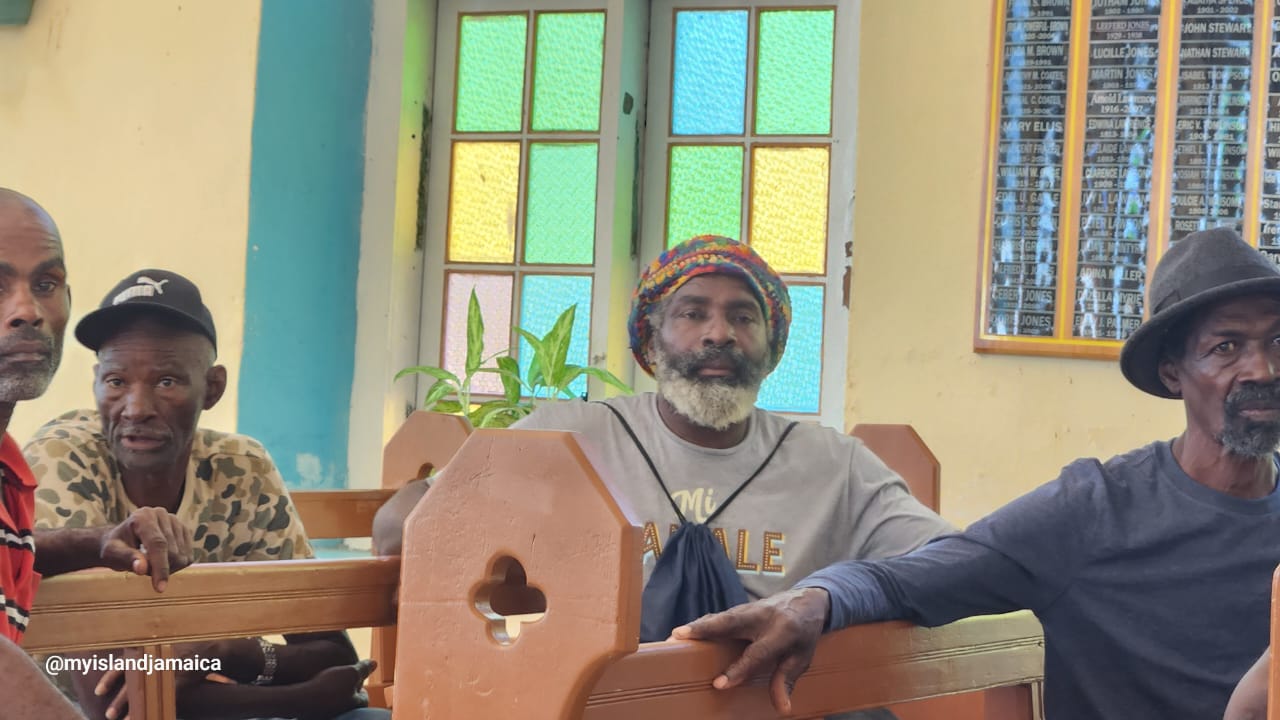
On January 16th, the Beeston Spring Community Development Committee (CDC), in collaboration with the JASPICE Project, hosted an insightful and educational pimento training workshop at the Salem Moravian Church. The event drew farmers, community members, students, and educators from across Westmoreland. The training focused on cultivating and maintaining pimento plants—one of Jamaica’s prized agricultural commodities.
Key Presentations and Insights
Mr. Gerald Bryan, Acting Coordinator, Field Advisory and Extension Services, JACRA (Jamaica Agricultural Commodities Regulatory Authority)
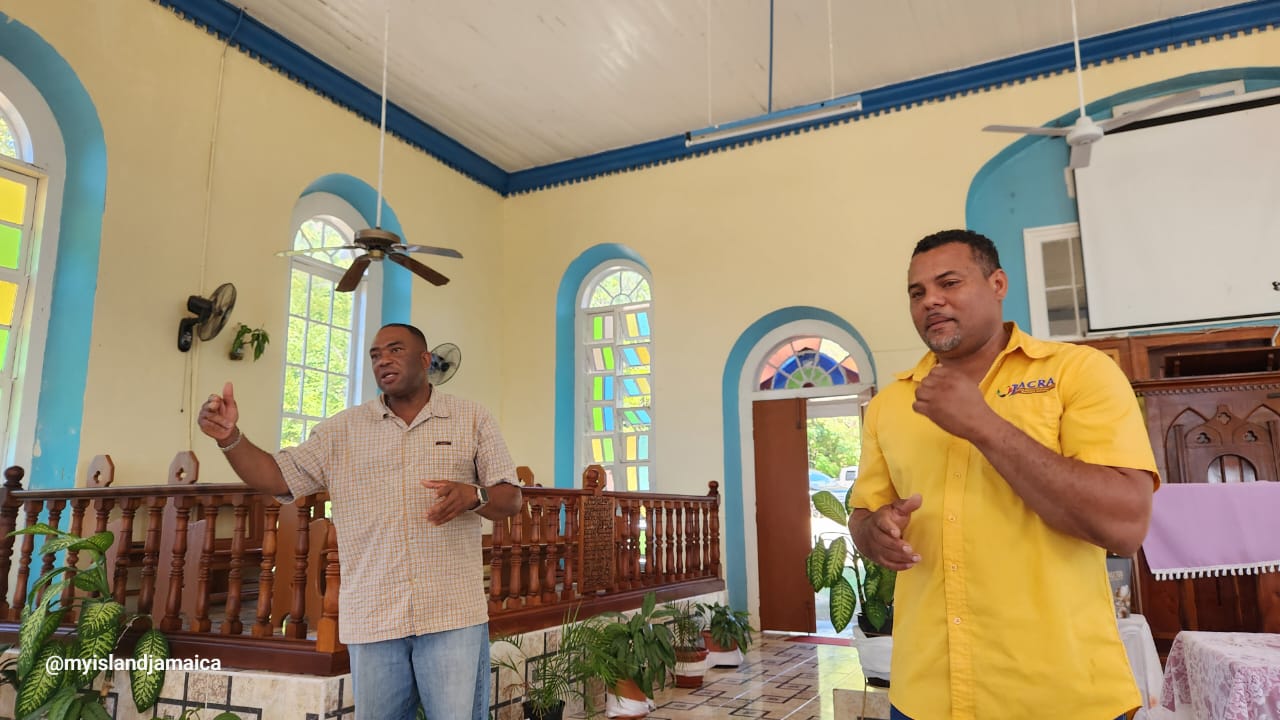
Mr. Bryan delivered a motivating address to the farmers and community members. He highlighted JACRA’s focus on key agricultural commodities, such as coffee, cocoa, and spices, including ginger, nutmeg, turmeric, and pimento. Notable points from his presentation included:
- Superior Quality of Jamaican Pimento: Jamaican Pimento is three times more potent than its international competitors, making it a highly sought-after spice globally.
- Meeting Market Demand: Despite its superior quality, Jamaica struggles to meet the high demand for pimento.
- Value-Added Products: Mr. Bryan encouraged farmers to explore creating value-added products to command even higher prices.
- Optimizing Production: Although nutmeg and pimento take five to seven years to bear fruit, proper pruning can significantly boost production. He recommended cutting rather than breaking pimento branches, ensuring cuts are made 12 inches from where the berries grow.
Mr. Maxwell Rodney, 4H Parish Manager for Westmoreland
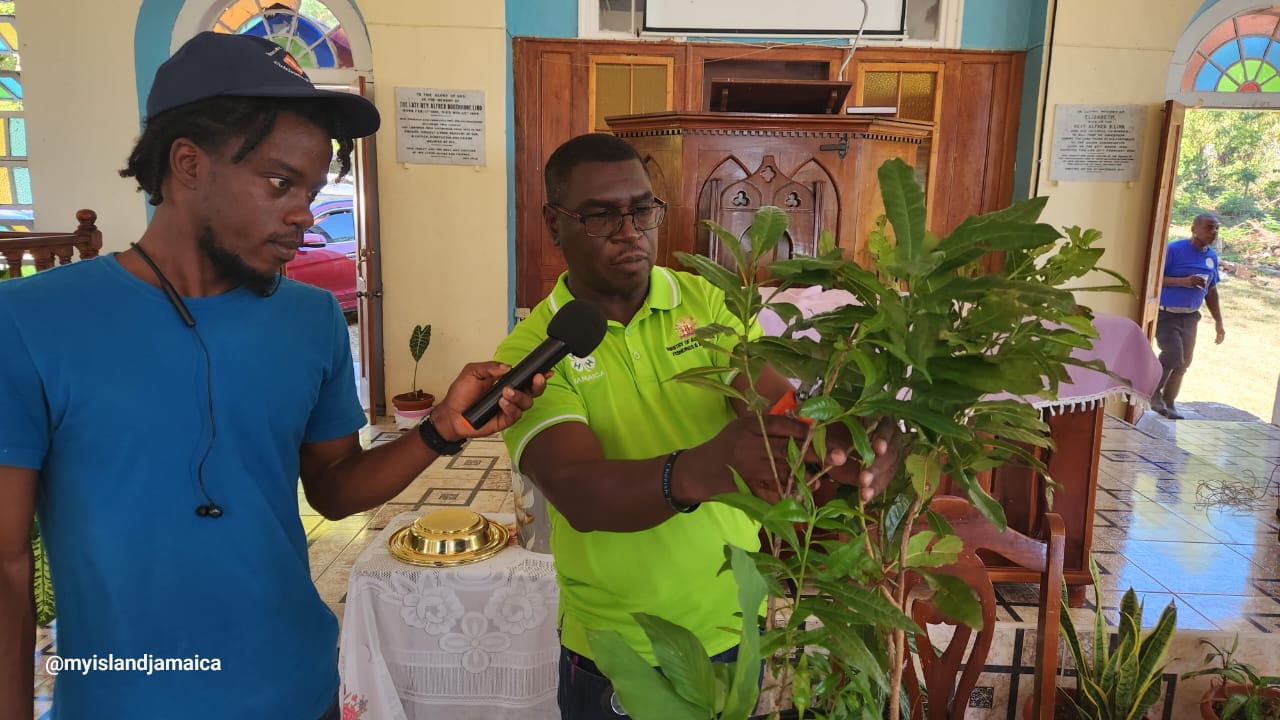
Mr. Rodney’s presentation focused on practical agricultural techniques and youth engagement through the 4H Club. Key takeaways included:
- Approach Grafting Demonstration: He demonstrated this effective method for plant propagation.
- REAP Program: The Rural Economic Agricultural Program (REAP) offers valuable resources for students aged 5 to 25 and community members aged 18 to 35. Participants receive support, such as bees, pigs, goats, and bagging machines, though no cash grants are provided.
- REAP Builder Initiative: This program offers up to JMD 100,000 to help individuals expand their agricultural businesses.
Mr. Rodney encouraged attendees to reach out to him at 876-860-3851 for further guidance.
Mr. Jason Clarke, Western Regional Advisory Officer, JACRA
- Mr. Clarke reinforced the importance of pruning for increased pimento production and shared critical cultivation tips:
- Fertilizer Application: Avoid placing fertilizer directly at the plant’s root. Instead, use the drip circle method for effective nourishment.
- Harvesting Technique: He emphasized the 12-inch cutting method for harvesting pimento.
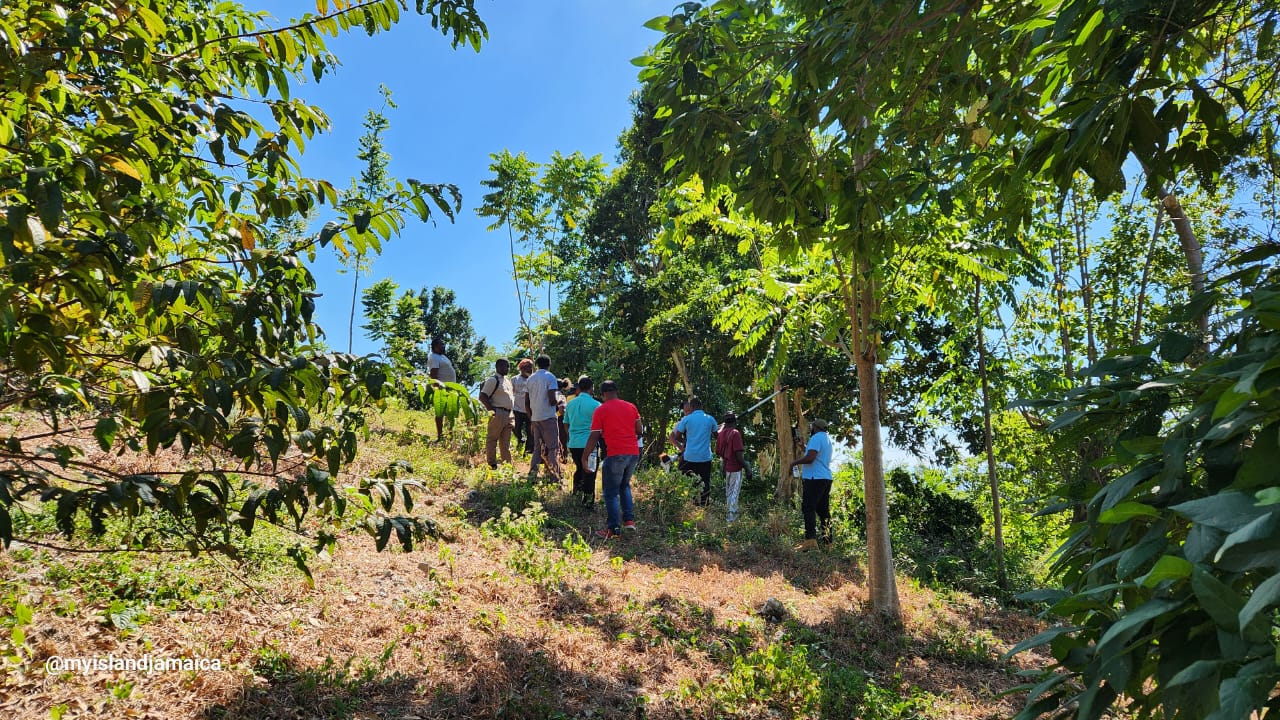
Contributions and Support from JASPICE
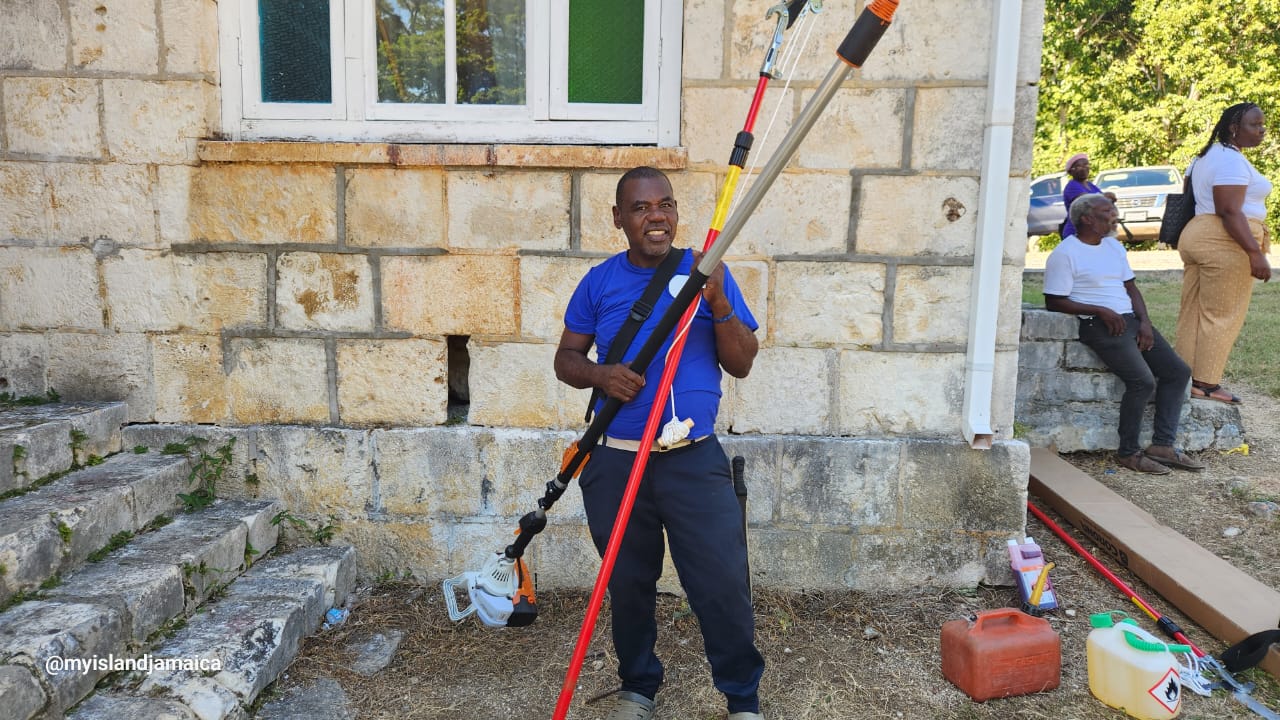
The JASPICE Project, funded by the USDA with a substantial grant of USD 22 million, made generous contributions to the Beeston Spring CDC. These included two pruning machines, pimento plant fertilizers, and equipment and fertilizer for turmeric cultivation. The project’s ongoing support underscores its commitment to empowering Jamaican farmers.
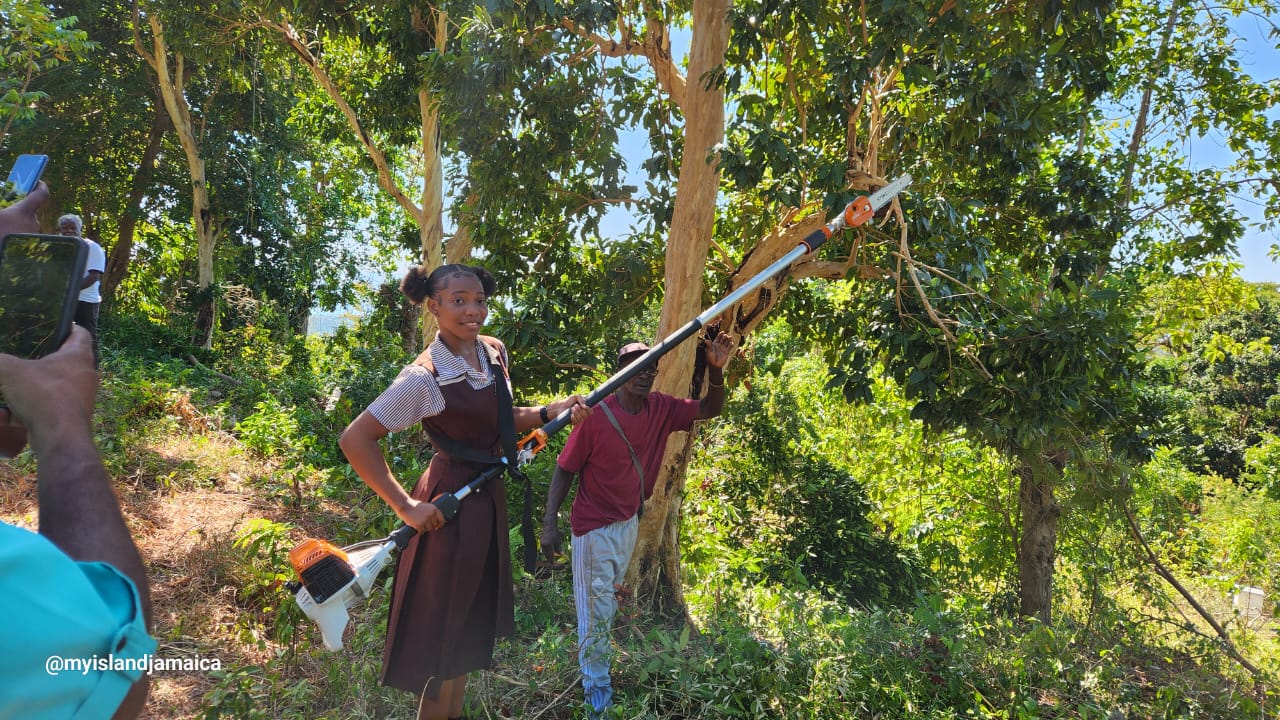
The event also welcomed students and teachers from Black River Primary and other schools. Reneika Brown, a student from Black River Primary and a member of the 4H Club, enthusiastically participated in the session. She demonstrated her newfound skills by using the pruning machine to trim pimento trees. Her excitement was evident as she shared her learning experience during a brief interview.
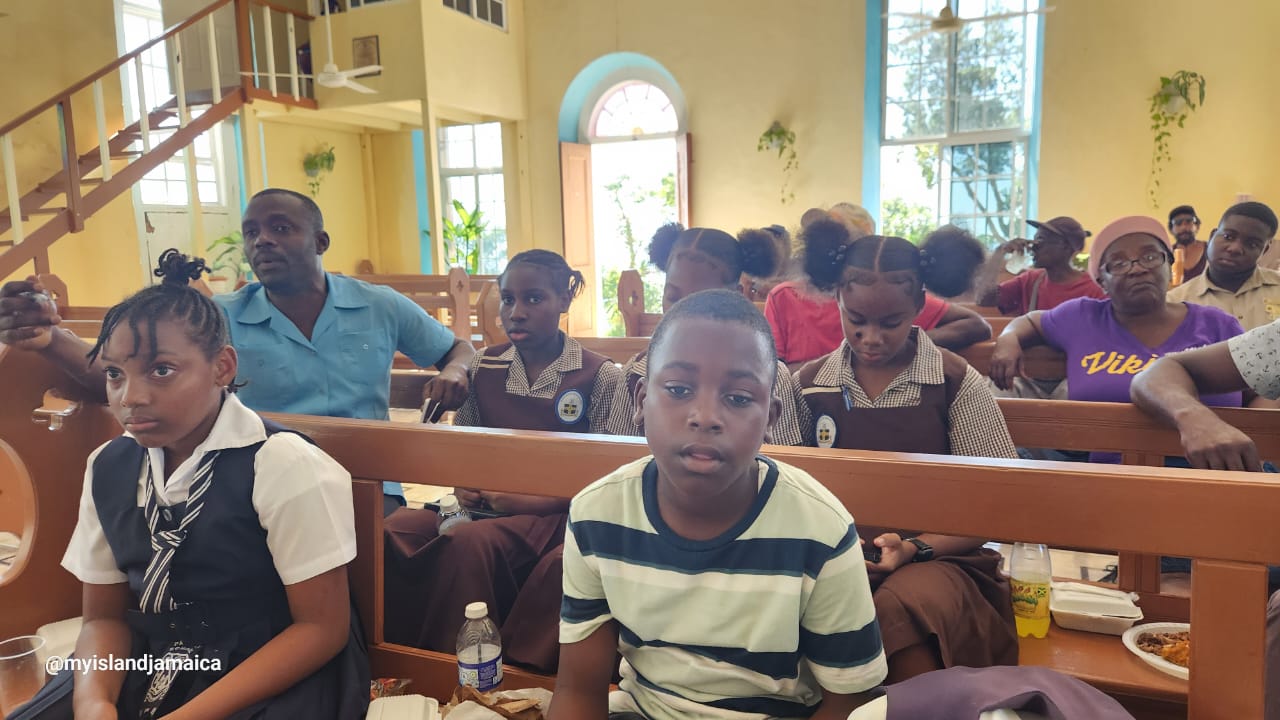
The pimento training workshop hosted by the Beeston Spring CDC and the JASPICE Project proved to be a valuable initiative for both seasoned farmers and aspiring young agriculturists. By fostering knowledge sharing, practical demonstrations, and community engagement, the event has sown seeds of growth and innovation for the future of pimento cultivation in Jamaica.
The workshop concluded with a heartfelt vote of thanks delivered by Ms. Ross, a teacher at Salem Primary. She expressed gratitude on behalf of the Beeston Spring CDC, the community, and the Farmers Group. Participating groups included Black River High students and teachers, the Farmers Group, the 4H Club, JACRA, and RADA.
New! Get My Latest Book👇🏿
|
You asked, I've answered! You no longer need to save for months or years, to enjoy paradise! I spilled the beans! sharing my top tips on finding cozy accommodations and secret gems, only the way a native could! Click Here to pick it up on my e-store and start saving now! |
See The Best Of Jamaica - In Videos!
|
My channel reaches over 140,000 subscribers worldwide and has leveraged over 11 million views, sharing, what I call 'The Real Jamaica'. Subscribe today and join our family of viewers. |
Read More ...
New! Experience The REAL Jamaica!
Book Your Private Tour here and experience Jamaica the way we (locals) do!
P.S. Didn't find what you were looking for?
Still need help?
Click Here to try our dependable and effective Site Search tool. It works!
Or, simply click here and here, to browse my library of over 500 questions and answers! Chances are someone already asked (and got an answer to) your question.





